Choosing an extension cable
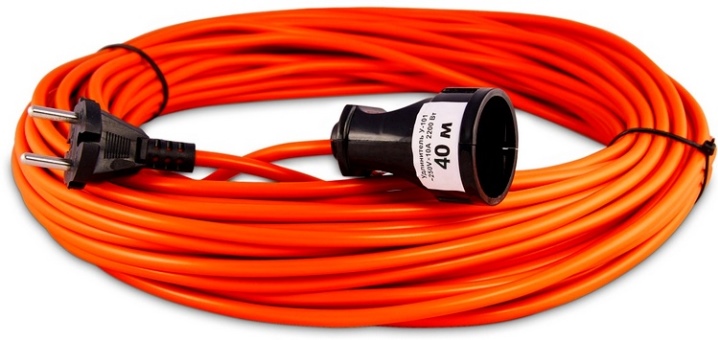
An extension cord is essential in any home. With its help, you can connect various equipment to the mains if the number of outlets is insufficient, or if they are located in an inconvenient or inappropriate place. Although there are a wide variety of extension cords adapters, some users prefer to assemble these devices on their own. For this you need to choose the right cable.
Characteristic
The extension cable must have specific specifications... Any wire cannot be used. Experts say that only copper cables.

They must be flexible, resilient and protected by double insulation. If the first layer is damaged, the second will protect against electric shock.
On the Russian market, you can find several options that suit all requirements. One of these manufacturers is the PVA brand. This company has earned a reputation for the excellent quality of its products. The wires are resistant to significant mechanical stress and have the necessary flexibility to last a long time.

Most cables that can be used to assemble an extension cord are protected with PVC plastic. It is a wear-resistant material that is not afraid of high or low temperatures. The highest value is 40 degrees Celsius above zero, the lowest is 25 degrees below zero.
The frost-resistant extension cord can be used outdoors or indoors without heating.
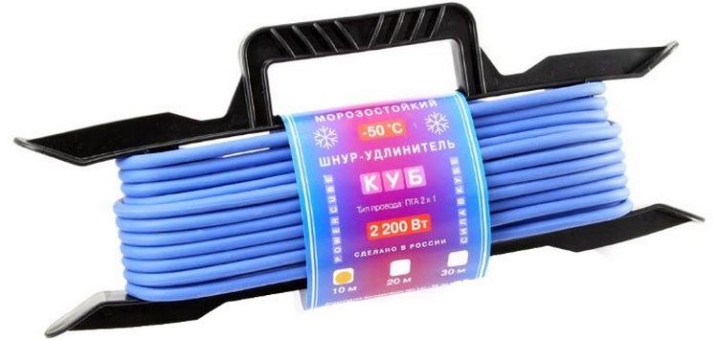
Views
Cables that are used in the manufacture of extension cords are divided into stamps... Each of them has certain technical characteristics, which will be discussed later in the article.
On sale you can find options that are designed for different temperature indicators. Frost resistant species tolerate low temperatures calmly. Even at harsh temperatures, they do not crack and retain their elasticity.

It is worth noting the options that are not afraid of overheating and prolonged exposure to high temperatures. Modern manufacturers offer wires that can combine the features of both types. Manufactured separately options for standard household use, not distinguished by special physical characteristics.
Cables are divided into types and depending on the section. The minimum indicator for an extension cord is 1.5 mm squared. When used, a 3.5 kW carrier will cope with the network load, which will reach 5 kW.
The mark size KG 3x1.5 is considered suitable for a 220 V line.
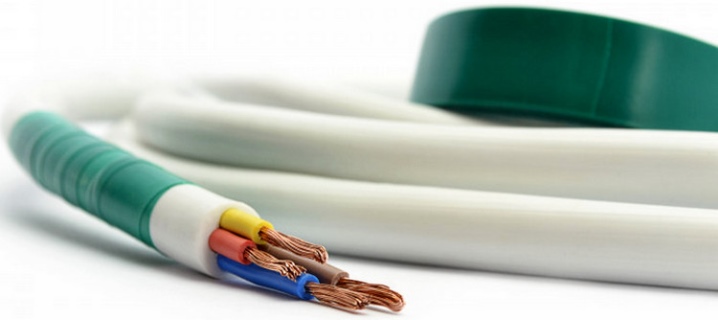
Note: if you increase the carrying length, then the reduced power can be restored by an increased cross-section value.
Brand overview
There are various brands of cables on the market that are great for an extension cord. Each of the types has certain characteristics that must be taken into account before choosing.
KG
This abbreviation stands for the cable is flexible. Recommended for use in open areas (construction locations, outdoor repair work, etc.). This option has a high bending resistance... Quality products can withstand at least 30 cycles. At the same time, the wires are not afraid of constant intense and high temperatures.

The highest temperature indicator is 50 degrees Celsius, the lowest is 40 degrees below zero.The service life is 4 years. European manufacturers use abbreviation XYMM.


And also on sale you can find KG-HL variant... It has all the characteristics described above, but has increased resistance to low temperatures. This cable can be used continuously in harsh weather conditions.
CGN
This option is similar to the one presented above, however, it has a reduced service life (instead of 4 years - two and a half years). And also the withstanding temperature regime has been changed: from 50 degrees with a plus sign, to 30 degrees with a minus sign.

Such a cable can be used in locations where the ingress of oils and other liquids, including aggressive chemical components, is acceptable. This brand needs protection from sunlight.

PVS
The main distinguishing characteristic of this species is resistance to direct sunlight... At the same time, the cable performs all the necessary functions even at low temperatures.

The temperature range is as follows: from 25 degrees below zero to 40 degrees Celsius. Experts recommend using the cable during the warm season. The service life is 6 years. The number of bends is 30 thousand.
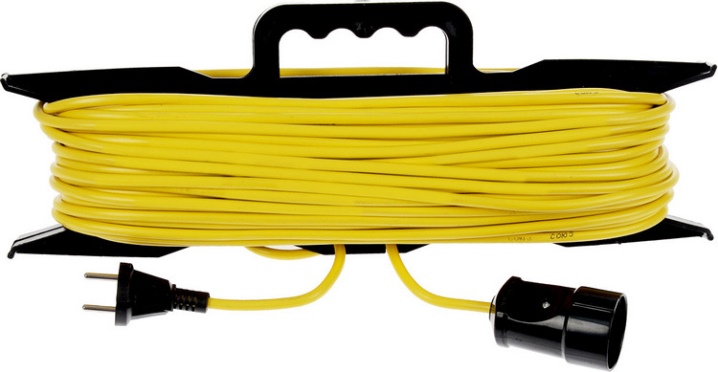
PRS
In this case, manufacturers use the following temperature range: from 40 degrees below zero to 40 degrees Celsius. This type of cable can be used both indoors and outdoors.... European companies use designation RN.
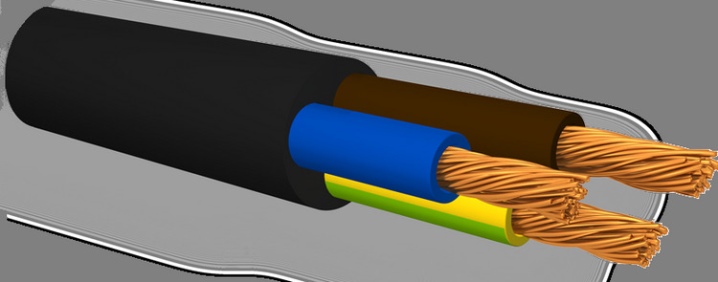
Selection recommendations
To choose the appropriate option, you must determine its scope of use... For outdoor use in the cold season, a frost-resistant brand is better suited. And also manufacturers offer various types for outdoor and indoor use. We described the characteristics of each of the brands above in the article.
The process of choosing the right cable is not difficult for experienced professionals. Inexperienced buyers can face difficulties. However, knowing a few simple rules, choosing the right cable is not difficult.


It is recommended to opt for options with a high degree of flexibility. Also, pay attention to the presence of an insulating coating made of rubber and other wear-resistant materials. Explore the brands listed above and decide which option suits you best.
Section selection
Experts advise choosing a cross section of 0.75-1 mm2 at a voltage of 220 volts. In this case, the carrying length should vary from 5 to 10 meters. At a higher voltage of 380 volts, it is recommended to select a cross-section from 1.5 to 2.5 mm2.

Operating rules
Before using an extension cord, be sure to familiarize yourself with the safety precautions.
- Be careful not to get water or other liquids on the carrier.
- If the product is damaged and needs repair, be sure to disconnect it from the mains.
- Make sure that the wires are not taut, especially if the carrier is on.
- It is forbidden to lay the cable under wallpaper, carpets or other coverings. And also you can not lead the cord through the door sills.
- Do not exceed the permissible load.
- Before use, carefully check the extension cord for defects (chips, cracks, etc.). Broken equipment must not be used.
- Store the extension cord in a dry place out of direct sunlight.
- Do not break the wires - this will lead to their breakage.

Note: if you follow simple and clear operating rules, an extension cord made with your own hands will last a long time.
For more information about choosing an extension cable, see the video below.













The comment was sent successfully.